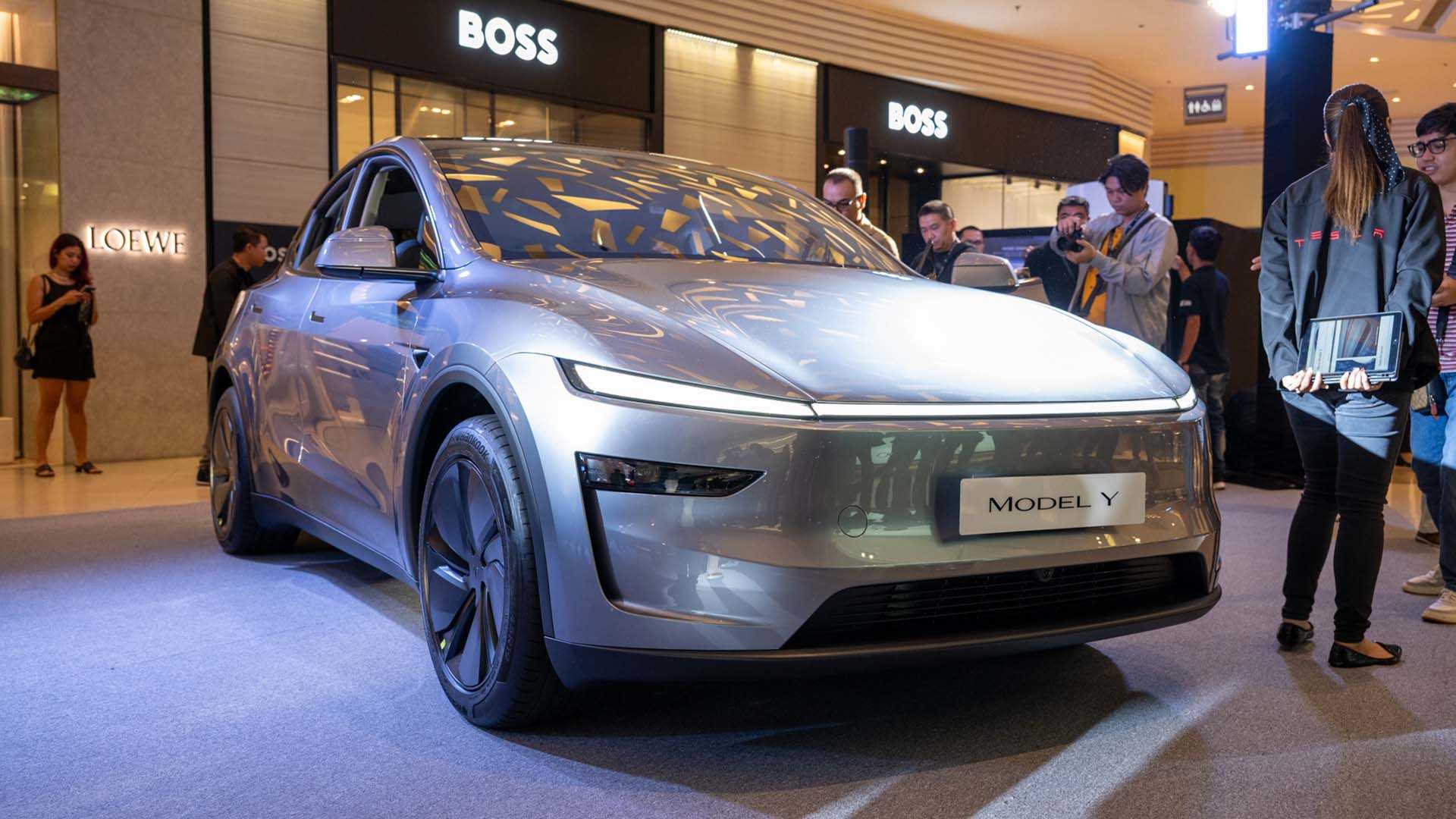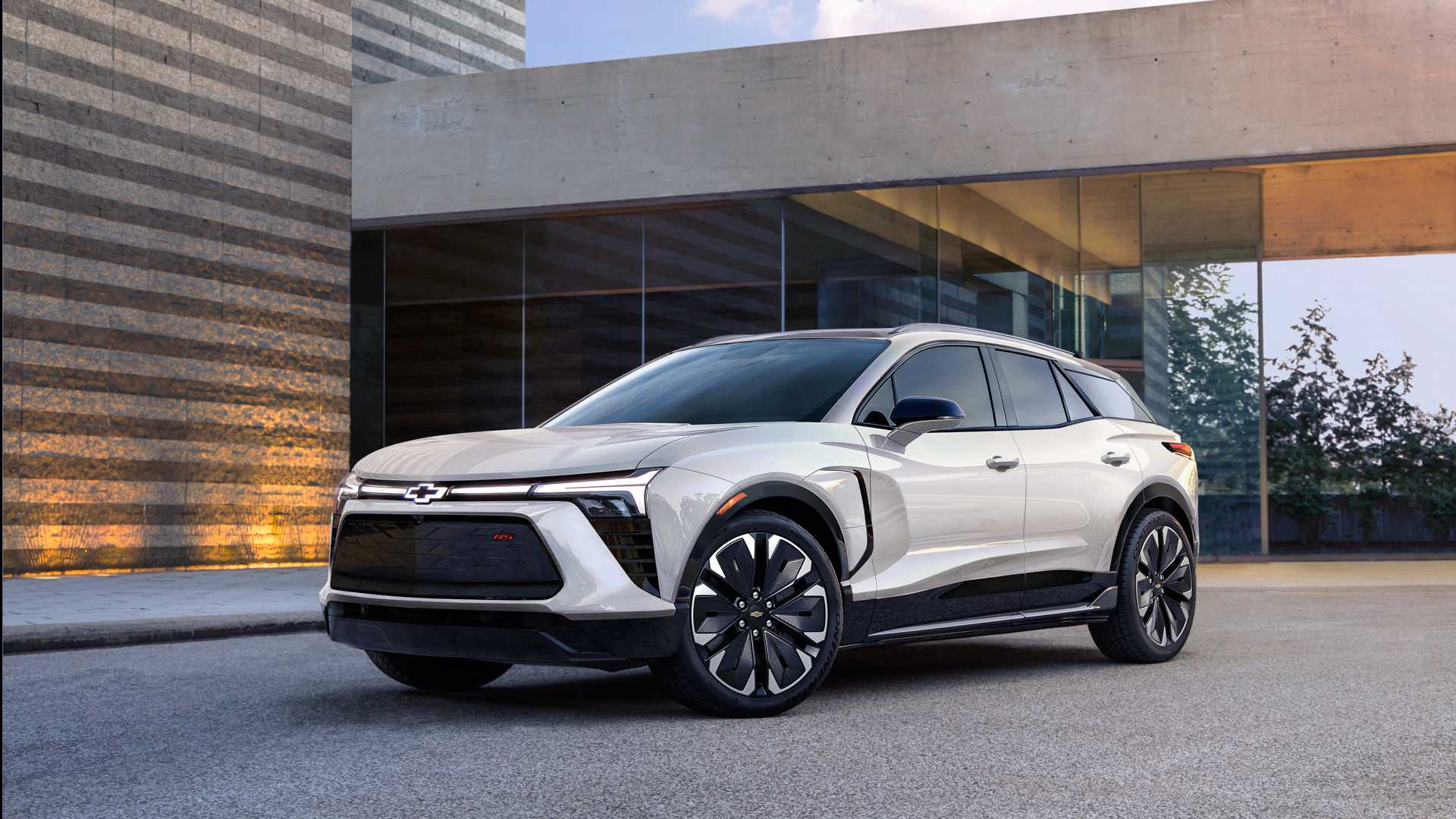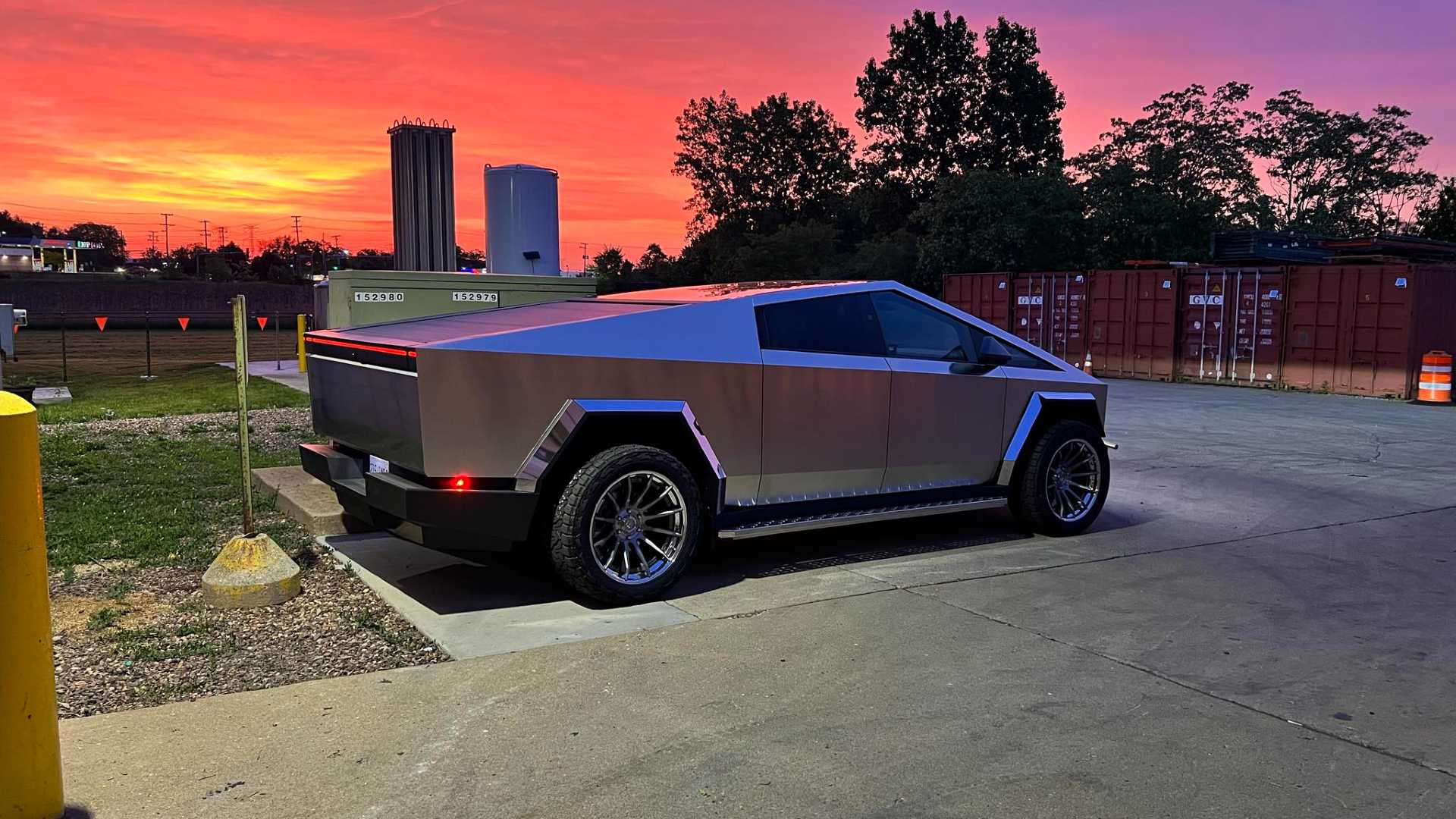You might have observed that Tesla is not faring so well. Protests against Elon Musk are taking place worldwide; Dealers aren't interested in the Cybertruck. According to studies conducted by CarGurus, the resale value of this particular vehicle drops dramatically by 53% within a single year. Typically, new vehicles tend to lose their worth rapidly; however, the Cybertruck introduces an even more significant depreciation effect—like throwing a rock into calm waters. Additionally, Tesla’s stock prices have plummeted to roughly half of their previous valuation in just a short period.
Next up are Donald Trump’s tariffs. Unlike the Cybertruck, these lead to inflation. Additionally, electric vehicle (EV) makers have faced pushback from China. Recently, Trump imposed another 34 percent tariff on Chinese goods, adding to the existing 20 percent tariffs.
As a countermeasure, China imposed an additional 34% tariff on U.S. products like poultry, along with implementing a highly targeted and impactful restriction on rare-earth elements. These materials play a crucial role in magnet production, and magnets are essential components in electric vehicle engines. Notably, China dominates around 90% of the global market for these raw materials, putting the future of electric cars at risk.
On Monday, the President once again threatened additional tariffs via his social media channel.
"If China fails to retract its 34% escalation beyond their previously excessive trade practices by midnight tonight, April 7th, 2025, the U.S. will enforce an extra tariff of 50% on Chinese imports starting from April 9th onwards. Furthermore, all discussions and future meeting requests initiated by China will be canceled!" — Donald Trump
Below are the key points explaining why rare earth materials are crucial for electric vehicles, and how should these tariffs come into play, they would significantly hinder the future manufacturing of EVs.
Rare Earth 101

The primary component you should focus on for electric vehicle motors is neodymium iron boron (NdFeB). These permanent magnets utilize this material due to its efficiency and superior performance capabilities. However, the real concern doesn't lie with the material itself but rather its origin.
China leads not just in the extraction of NdFeB but also in its refinement. Additionally,NdFeB usage tends to be costly, and permanent magnet motors come with their own set of issues since they're highly sensitive to temperature changes and perform poorly at lower speeds.
New motor designs are emerging, yet it remains uncertain whether this progress is actually advancing us toward our goals.
Tesla Aims for Uniqueness — As Do GM and Stellantis

About two years back, a startup named Niron garnered significant attention when GM and Stellantis declared their $33 million investment in the firm’s iron nitride battery tech.
Individually, at roughly the same period, Tesla created a commotion by announcing their plans to shift away from permanent magnet motors that utilize rare earth elements.
Tesla, GM , Stellantis, along with likely all automakers are probably pursuing the iron nitride pathway. This concept is well-known, however research specialists at a firm named ID Tech , despite being employed in the Chevrolet Volt from earlier times, this type of motor is regarded as comparatively heavy and not very efficient.
Nevertheless, these materials can be obtained locally, and automakers in Europe, South Korea, and Japan prefer not to rely heavily on China. It’s worth noting that rare earth mining is known for being extremely hazardous.
Rare Earths From America

Despite investigating various materials, General Motors has put money into domestic rare earth element extraction. In January, MP Materials—a company GM has partnered with—started extracting NdFeB and plans to produce "approximately 1,000 metric tons of finished NdFeB magnets annually," according to a statement from the company. Production levels are expected to gradually increase starting towards the end of 2025.
The processing aspect of this is crucial because, despite not being involved in mining, China had a stronghold on the majority of magnet production and much of the motor manufacturing as well.
solusikaki.com’s Take

It's not inconceivable for Tesla and other automakers to start moving towards using iron nitride instead of rare-earth magnet motors. Reporting In IEEE Spectrum, it is suggested that it will be difficult. To change, but there is encouraging research.
However, in the interim, tariffs pose a significant issue for electric vehicle makers, particularly since they often rely on China for the magnet motors as well.
Moreover, another country affected by tariffs is Canada, which, as per Newsweek reporting It is also a significant source of rare-earth elements. Regardless of whether automakers opt for the 54 percent tariff on Chinese goods or the 25 percent tariff on those from Canada, these increases will drive up the cost of manufacturing electric vehicles, be it for Tesla or General Motors.
The advancement of electric vehicles (EVs) faces potential risks due to the likelihood that the present Congress might revoke the $7,500 tax incentive. This subsidy was designed with provisions encouraging automakers to relocate their production processes back to the U.S., as the Biden administration viewed the lack of domestic mining for crucial materials as a significant risk.
Moreover, it’s worth noting that sectors like the Department of Defense, aerospace industry, and domestic electronics rely heavily on rare earth elements. Therefore, imposing tariffs on China might be justified from this perspective; however, such measures could be highly detrimental when applied to Canada.
